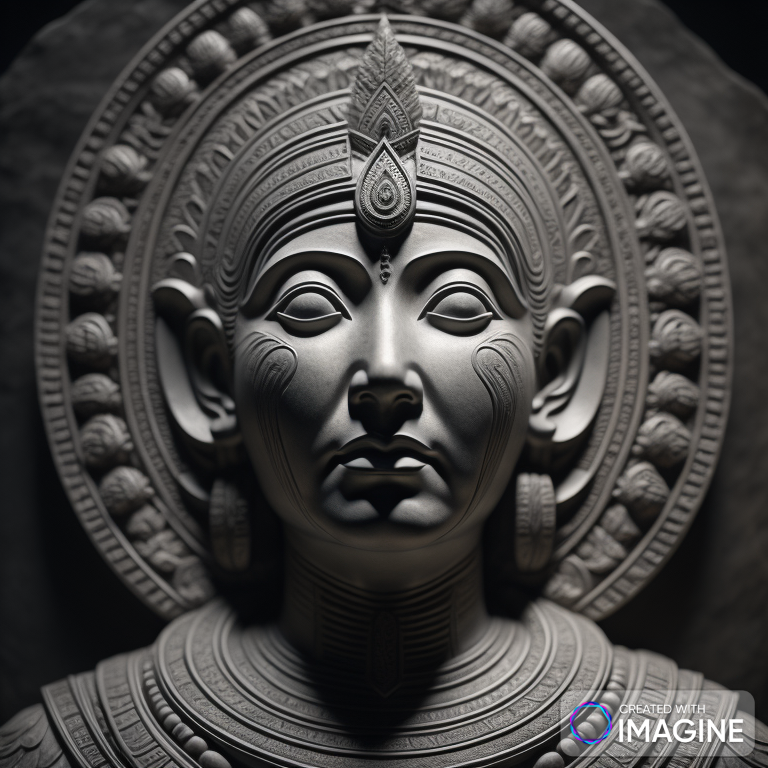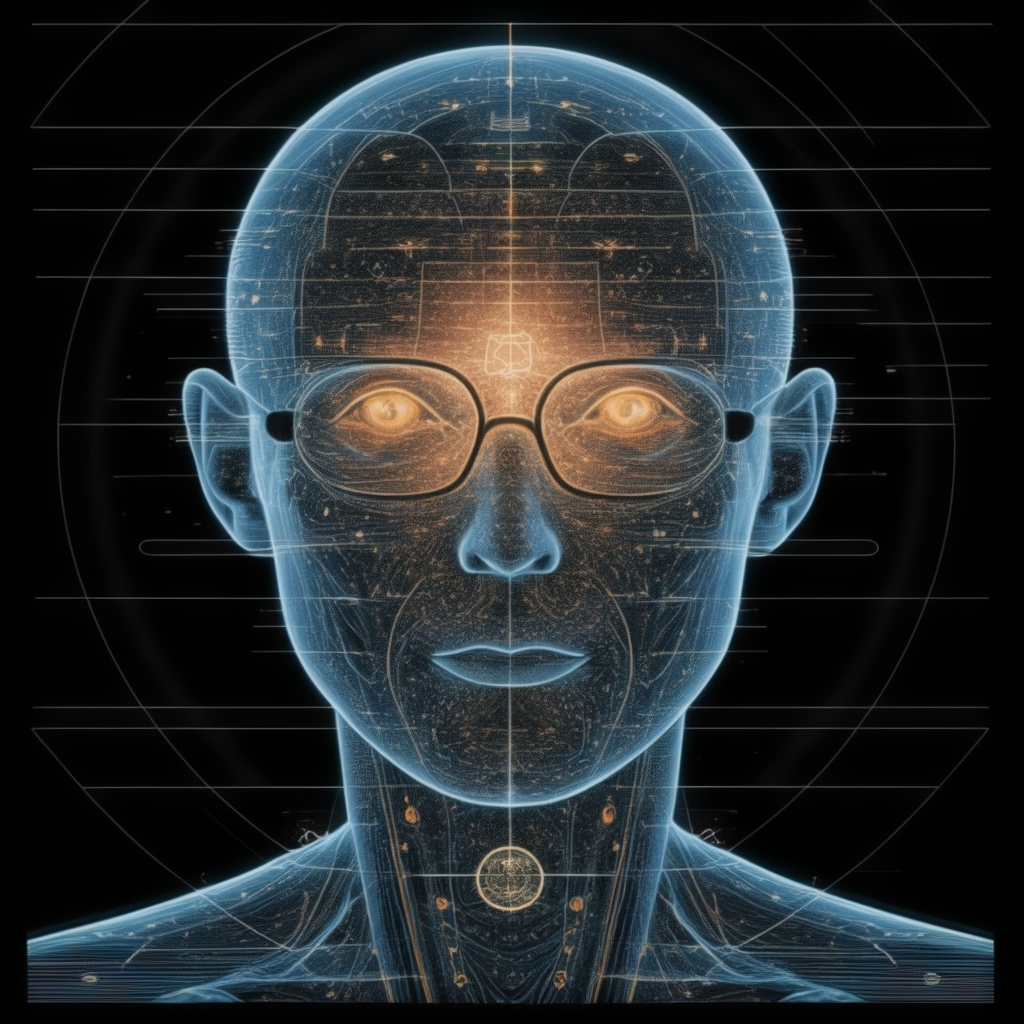1. The Biomechanics of Walking
1.1. The Gait Cycle
Walking involves a repetitive motion known as the gait cycle, which can be divided into two main phases: the stance phase and the swing phase.
- Stance Phase: This is when the foot is in contact with the ground, providing support and stability. It accounts for about 60% of the gait cycle. During this phase, the body’s weight is transferred from one foot to the other.
- Swing Phase: This is when the foot is off the ground, moving forward to prepare for the next step. It accounts for the remaining 40% of the gait cycle.
Each leg alternates between these phases, creating a rhythmic motion that propels the body forward.
1.2. Joint Movements
Walking requires the coordinated movement of multiple joints:
- Hip Joint: The hip flexes and extends to move the leg forward and backward.
- Knee Joint: The knee bends during the swing phase to allow the foot to clear the ground and straightens during the stance phase to support the body’s weight.
- Ankle Joint: The ankle flexes and extends to absorb impact and push the body forward.
These joints work together to create a smooth, efficient motion that minimizes energy expenditure.
2. Muscle Function in Walking
2.1. Muscle Groups Involved
Walking engages various muscle groups:
- Quadriceps and Hamstrings: These muscles in the thighs help to extend and flex the knee, respectively.
- Gluteal Muscles: The glutes stabilize the pelvis and extend the hip.
- Calves (Gastrocnemius and Soleus): These muscles control ankle movement and contribute to pushing the foot off the ground.
- Tibialis Anterior: This muscle helps lift the foot during the swing phase, preventing it from dragging.
2.2. Muscle Contraction Types
- Concentric Contraction: When muscles shorten while generating force (e.g., the quadriceps contract to straighten the knee).
- Eccentric Contraction: When muscles lengthen while controlling movement (e.g., the calves control the lowering of the foot to the ground).
These contractions are carefully coordinated to produce smooth, controlled movements during walking.
3. The Role of Physics in Walking
3.1. Gravity and Balance
Gravity plays a crucial role in walking:
- Center of Mass: The human body’s center of mass must be kept over the base of support (the feet) to maintain balance. The nervous system continuously adjusts posture to prevent falling.
- Pendulum Motion: The swinging leg acts like a pendulum, moving forward with minimal energy expenditure. This efficient use of gravity helps conserve energy during walking.
3.2. Ground Reaction Force
When walking, the ground exerts an equal and opposite force on the foot, known as the ground reaction force. This force is critical for:
- Propulsion: The push from the ground reaction force helps move the body forward.
- Shock Absorption: The body absorbs the impact of the ground reaction force, which helps protect the joints from injury.
3.3. Momentum
- Linear Momentum: As the body moves forward, it generates momentum, which helps propel the body with minimal effort.
- Angular Momentum: The rotation of the arms and legs during walking creates angular momentum, which helps stabilize the body and prevent excessive rotation.
4. Neurophysiology of Walking
4.1. The Central Nervous System (CNS)
The brain and spinal cord play a vital role in coordinating walking:
- Motor Cortex: The motor cortex in the brain initiates and controls voluntary movements, including walking.
- Basal Ganglia: These structures help regulate the initiation of movement and maintain smooth, coordinated motion.
- Cerebellum: The cerebellum fine-tunes motor activity, ensuring balance and coordination.
4.2. Reflexes and Sensory Feedback
- Stretch Reflexes: These reflexes help maintain muscle tone and posture, preventing falls.
- Proprioception: Sensory feedback from muscles, tendons, and joints informs the brain about body position and movement. This allows for adjustments to maintain balance and coordination.
- Vestibular System: Located in the inner ear, the vestibular system detects changes in head position and movement, helping maintain balance.
5. The Evolution of Bipedalism
5.1. Evolutionary Adaptations
- Pelvic Structure: Human pelvises have evolved to support upright walking, with a broader shape that stabilizes the body.
- S-Shaped Spine: The human spine has a natural S-curve that helps absorb shock and maintain balance during walking.
- Foot Arch: The arches in human feet act as shock absorbers and provide a spring-like mechanism for propulsion.
5.2. Advantages of Bipedalism
- Energy Efficiency: Bipedalism is more energy-efficient than quadrupedalism, allowing humans to travel long distances with less effort.
- Freed Hands: Walking on two legs frees the hands for tool use, carrying objects, and other activities, contributing to human survival and development.
6. Factors Affecting Walking Ability
6.1. Age and Development
- Infancy to Adulthood: Walking ability develops from infancy through adulthood, with children learning to walk as their muscles, bones, and nervous system mature.
- Aging: As people age, muscle strength, joint flexibility, and balance may decline, affecting walking ability. However, regular exercise and physical therapy can help maintain mobility.
6.2. Genetics and Physiology
- Genetic Factors: Some individuals are genetically predisposed to have stronger muscles or more efficient biomechanics, which can enhance walking ability.
- Physiological Conditions: Conditions like arthritis, muscular dystrophy, or neurological disorders can impair walking. Understanding the underlying biology can help in managing and improving mobility.
6.3. Environmental and Lifestyle Factors
- Physical Activity: Regular physical activity strengthens muscles, improves joint flexibility, and enhances balance, all of which contribute to better walking ability.
- Footwear and Terrain: Proper footwear supports the foot’s natural mechanics, while walking on varied terrain can improve balance and strengthen stabilizing muscles.
7. Improving and Maintaining Walking Ability
7.1. Exercise and Strength Training
- Leg and Core Strengthening: Exercises that target the legs and core, such as squats, lunges, and planks, can improve muscle strength and stability.
- Balance Exercises: Activities like yoga, tai chi, and balance drills enhance proprioception and reduce the risk of falls.
7.2. Flexibility and Mobility
- Stretching: Regular stretching of the legs, hips, and lower back can improve flexibility and reduce stiffness, enhancing walking efficiency.
- Mobility Drills: Joint mobility exercises help maintain the range of motion in the hips, knees, and ankles, crucial for a fluid gait.
7.3. Posture and Gait Training
- Posture Correction: Practicing good posture, with the head up, shoulders back, and spine aligned, can improve walking efficiency and reduce strain on the body.
- Gait Analysis: Consulting with a physical therapist for gait analysis can identify and correct any abnormal walking patterns, preventing injury and improving performance.
7.4. Neuromuscular Training
- Coordination Drills: Exercises that require coordination between the upper and lower body, such as marching or skipping, can improve neuromuscular control.
- Cognitive-Motor Training: Combining cognitive tasks with physical movement, like walking while solving puzzles, can enhance brain-muscle communication and overall walking ability.
Additional Points on the Science and Evolution of Human Walking
8. The Evolutionary Journey to Bipedalism
8.1. Early Primates and Quadrupedalism
- Origins of Bipedalism: Human ancestors were likely quadrupedal, moving on all fours like many modern primates. Bipedalism, or walking on two legs, is believed to have evolved over millions of years due to several factors, including environmental changes and the need for efficient travel across the expanding savannas.
- Environmental Pressures: As forests receded and open grasslands became more prevalent, early hominins faced new challenges. Bipedalism may have offered advantages in spotting predators, conserving energy during long-distance travel, and freeing the hands for tool use and carrying objects.
8.2. Anatomical Adaptations for Upright Walking
- Pelvic Structure: The human pelvis evolved to be shorter and broader compared to our quadrupedal ancestors. This structure provides greater stability for an upright posture and supports the internal organs against the pull of gravity.
- Leg Length and Proportion: Over time, human legs grew longer relative to the arms. This change increased stride length and made walking more energy-efficient.
- Foramen Magnum Position: The foramen magnum, the hole through which the spinal cord passes, gradually moved to a more central position at the base of the skull. This shift supports an upright head and neck position, crucial for balance during walking.
8.3. The Role of the Foot in Evolution
- Arch Development: Human feet developed arches, which act as shock absorbers and help propel the body forward. This adaptation is crucial for efficient walking and running.
- Toe Alignment: The big toe became aligned with the other toes, unlike in quadrupedal primates where it is more opposable. This alignment improves balance and provides a stronger push-off during walking.
9. The Role of Gravity in Walking
9.1. Gravity as a Stabilizing Force
- Maintaining Balance: Gravity constantly pulls us toward the Earth’s center. Our bodies are designed to use this force to maintain balance. The brain continually makes tiny adjustments to keep our center of mass over our base of support (our feet), ensuring that we don’t fall over as we walk.
- Postural Reflexes: The human body has evolved complex postural reflexes that respond to changes in gravity and balance. These reflexes are controlled by the vestibular system in the inner ear and are crucial for maintaining upright posture while walking.
9.2. Walking Despite Earth’s Rotation
- Earth’s Spin and Stability: The Earth rotates at approximately 1,000 miles per hour at the equator, yet we don’t feel this motion. This is because the rotational speed is constant and affects everything on Earth equally, including the air, oceans, and our bodies. The lack of sudden acceleration or deceleration means that we don’t experience the sensation of movement, allowing us to walk and move with stability.
- Centripetal and Centrifugal Forces: While Earth’s rotation generates centrifugal force, it is relatively weak compared to gravity and does not significantly affect our ability to walk. Gravity remains the dominant force, keeping us grounded and stable.
9.3. The Pendulum Effect and Energy Efficiency
- Inverted Pendulum Model: When we walk, our legs function like an inverted pendulum, with the foot in contact with the ground acting as the pivot point. This model explains why walking is an energy-efficient mode of transportation; gravity helps to swing the leg forward, reducing the energy required by the muscles.
- Energy Conservation: The human body is designed to conserve energy while walking. By using gravity and the pendulum motion of the limbs, we minimize the muscular effort needed to move forward.
10. The Influence of Earth’s Gravity on Human Evolution
10.1. Evolution in a Gravitational Field
- Gravitational Adaptation: The constant pull of Earth’s gravity has been a major factor in the evolution of human anatomy. Our bones are dense and strong to resist the forces of gravity, and our muscles are developed to counteract its pull, allowing us to stand upright and move efficiently.
- Development of the Spine: The human spine evolved an S-shaped curve to better distribute the weight of the body against gravity. This curvature acts like a spring, absorbing shocks and maintaining balance as we walk.
10.2. Gravity and Brain Development
- Spatial Awareness: The brain’s ability to process spatial information is closely linked to our interaction with gravity. The vestibular system, which helps maintain balance, sends signals to the brain about the body’s orientation in space. This system evolved in response to the need to navigate a gravitational environment, playing a key role in our ability to walk upright.
- Cognitive Adaptations: Human cognitive abilities, such as problem-solving and tool use, may have been influenced by the demands of bipedal locomotion. Walking upright requires complex coordination and balance, which could have driven the development of advanced brain functions.
11. The Impact of External Forces on Walking
11.1. Wind Resistance and Walking
- Aerodynamics of Walking: Although wind resistance is generally minimal when walking, the body still interacts with the air. The shape and movement of the body can slightly affect how much energy is required to move forward, particularly in strong winds.
- Adaptations to Environment: In different environments, such as windy plains or dense forests, humans have adapted their walking patterns to conserve energy and maintain balance against external forces.
11.2. Surface Friction and Ground Reaction
- Role of Surface Friction: The friction between our feet and the ground is essential for walking. It prevents slipping and allows us to push off the ground with each step. Different surfaces, such as ice, sand, or concrete, offer varying levels of friction, affecting our gait and stability.
- Ground Reaction Force: This is the force exerted by the ground on the body in response to the body’s weight and movement. It’s a critical factor in walking, as it helps propel the body forward and maintain balance.
12. How Humans Maintain Stability in a Dynamic World
12.1. The Role of the Vestibular System
- Balance and Orientation: The vestibular system, located in the inner ear, is responsible for detecting changes in head position and movement. It plays a crucial role in maintaining balance, especially when walking on uneven surfaces or in motion.
- Integration with Visual and Proprioceptive Inputs: The vestibular system works in conjunction with visual and proprioceptive (body position) inputs to create a comprehensive sense of balance. This integration is essential for stable walking, particularly in dynamic environments.
12.2. Coordination with the Visual System
- Visual Feedback: Vision provides critical feedback for walking, helping to assess the terrain, avoid obstacles, and maintain a straight path. The brain processes visual information to adjust the body’s movements in real-time.
- Depth Perception: Accurate depth perception is vital for judging distances and stepping over obstacles. The eyes and brain work together to estimate the distance and height of objects, coordinating the legs’ movements accordingly.
12.3. The Influence of Proprioception
- Body Awareness: Proprioception is the sense of the relative position of one’s own body parts and strength of effort being employed in movement. It is essential for walking as it allows for the fine adjustments needed to maintain balance and posture.
- Feedback Loops: Proprioceptive feedback loops allow the brain to monitor and adjust movements on the fly, ensuring that the body remains stable and efficient while walking.
13. Environmental and Evolutionary Factors in Walking
13.1. Environmental Challenges
- Adaptation to Terrain: Humans have evolved to walk on a variety of terrains, from flat plains to rocky mountains. This adaptability is a result of both anatomical and neurological evolution, allowing for stable and efficient movement across diverse landscapes.
- Climate and Walking Patterns: Different climates have influenced human walking patterns. For example, people in colder climates may walk with a more compact, energy-conserving gait, while those in warmer climates might have a more relaxed, energy-expending gait.
13.2. Evolutionary Perspective on Energy Efficiency
- Selective Pressure for Energy Efficiency: Walking upright on two legs is more energy-efficient than quadrupedal locomotion, which may have been a driving force in human evolution. This energy efficiency allowed early humans to travel longer distances in search of food and resources, giving them a survival advantage.
- Endurance Walking: Humans are uniquely adapted for endurance walking, which has played a critical role in hunting and gathering strategies. The ability to walk long distances at a steady pace is a hallmark of human evolution.
Conclusion
Human walking is a remarkable feat of evolution, physics, and biology. From the earliest adaptations that allowed our ancestors to stand upright to the complex interplay of gravity, muscle function, and neural coordination, walking is far from a simple process. Understanding the science behind it not only highlights the sophistication of the human body but also offers insights into how we can improve and maintain this vital ability throughout our lives. Whether considering the role of gravity, the earth’s rotation, or the intricate balance systems within our bodies, the act of walking is a testament to the wonders of evolution and the laws of physics that govern our world.
Walking is a complex interplay of biomechanics, physics, neurophysiology, and evolutionary biology. Understanding the science behind this fundamental activity reveals the intricate coordination between muscles, joints, nerves, and the brain that makes walking possible. By maintaining physical fitness, practicing good posture, and engaging in targeted exercises, individuals can improve and preserve their walking ability throughout their lives. Whether it’s navigating the terrain of daily life or enjoying a leisurely stroll, the ability to walk is a remarkable testament to the power of human biology and the principles of physics that guide our movements.







